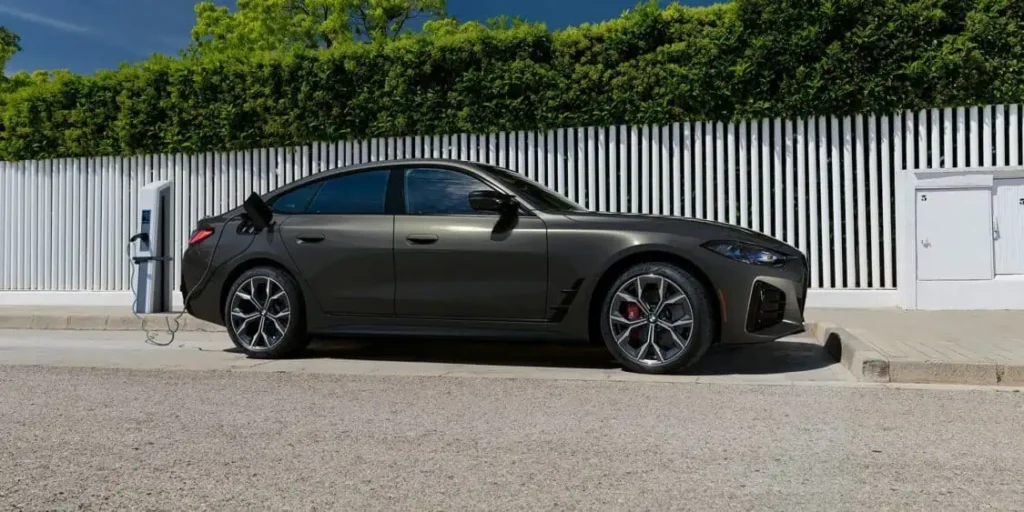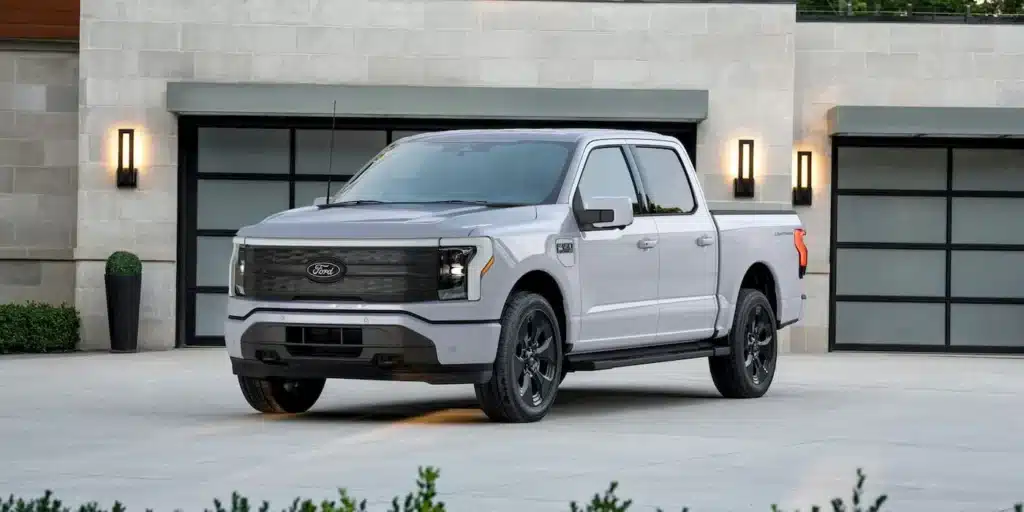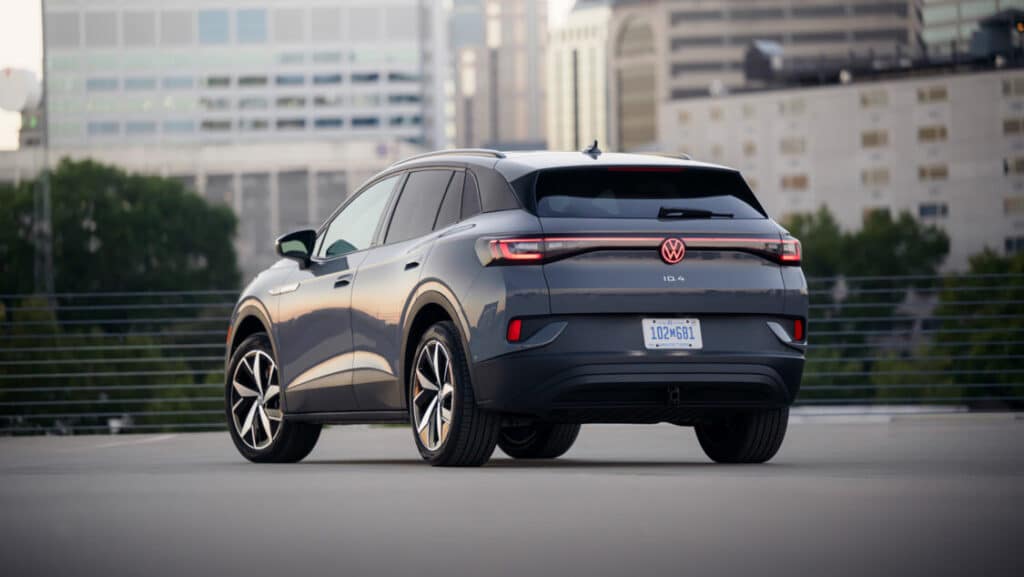BofA ‘Car Wars’ Predicts Volatile Product Strategy, EV Losses
The automotive industry is undergoing one of the most turbulent periods in its modern history, with transformative forces simultaneously pulling at the seams of long-standing business models. CNBC reported that John Murphy, a top analyst at Bank of America Securities, has once again offered critical insights in his annual “Car Wars” report, which attempts to make sense of the chaos by mapping out product strategies, replacement rates, and investment priorities over the next several years. While the sector has long been primed for disruption, the confluence of regulatory shifts, electric vehicle investments, competitive pressure from China, and the uneven pace of software development is placing extraordinary stress on automakers — and forcing investors to reconsider traditional growth narratives.
Murphy’s report arrives at a moment of reckoning. For years, the dominant storyline in the auto industry revolved around electrification. Spurred by government incentives, emissions mandates, and consumer enthusiasm for battery electric vehicles (BEVs), automakers from Detroit to Tokyo accelerated their EV strategies. Billions were poured into new factories, battery joint ventures, and next-generation platforms. However, reality has not quite met these ambitious expectations. Consumer demand for EVs has grown, but not at the breakneck pace needed to sustain the industry’s early investments. As a result, many car companies now find themselves with underutilized capacity, delayed product rollouts, and — increasingly — financial write-downs.
“The unprecedented EV head-fake has wreaked havoc on product plans,” Top Bank of America Securities analyst John Murphy said in the firm’s annual “Car Wars” report. “The next four+ years will be the most uncertain and volatile time in product strategy ever.”
Murphy talks about the incredibly challenging move that traditional OEMs face, staying relevant during the EV transition, while continuing to produce hybrids and fully gas-powered internal combustion engine (ICE) vehicles. The current economic uncertainty happening in America is making this struggle even more difficult.
“Really, everybody is leaning back into their into their core over the next four years in very uncertain times,” Murphy said, noting that cash “is going to be critically important” for automakers in the years ahead.
The title Murphy chose of this year’s “Car Wars” investor note underscores that change: “The ICE Age Cometh as EV Plans Freeze.”

Ford’s recent $1.9 billion hit after canceling an all-electric three-row SUV serves as a cautionary tale. Murphy suggests it’s only the beginning. These write-downs, he argues, will likely spread across the industry as more automakers are forced to abandon or scale back ambitious EV programs. The problem is not necessarily that EVs are the wrong bet in the long term, but that short-term market dynamics — high prices, infrastructure gaps, and consumer hesitancy — have made the rollout far more complex than many had hoped. This divergence between vision and reality is forcing companies to hit pause, reassess, and in many cases, reallocate.
In response to the EV market’s currently slower sales growth, many automakers are shifting strategies toward what Murphy describes as “customer choice.” This doesn’t signal a retreat from electrification but rather a broader, more diversified approach. Instead of going all-in on EVs, manufacturers are hedging their bets with a mix of hybrid, plug-in hybrid, and traditional internal combustion engine (ICE) vehicles. Hybrids in particular have found new life, buoyed by improved technology, lower costs, and fewer charging limitations. This renewed attention to core product lines — especially in ICE and hybrid vehicles — is being positioned as a way to generate stable cash flow while weathering the uncertainty surrounding full electrification.

One area where this strategic shift is already visible is in the changing product pipeline. Historically, crossover SUVs have been the automotive industry’s workhorse, driving growth and profits for nearly two decades. But according to Murphy, the crossover boom has hit a wall. For the first time in almost 20 years, crossovers are underrepresented in the upcoming model lineup. The number of new vehicle launches is also down sharply — with just 159 expected over the next four years, compared to more than 200 in previous cycles. This signals a broader recalibration. Detroit’s Big Three are now putting more emphasis on redesigning their full-size pickup trucks, which remain among their most profitable offerings. Meanwhile, Japanese automakers, usually the epitome of product cadence consistency, are showing signs of volatility themselves, with an increasing emphasis on passenger cars over SUVs.
Despite the industry’s near-term struggles with electrification and product alignment, Murphy still sees long-term opportunities — particularly in areas investors may have overlooked. Chief among these is vehicle software and connectivity. While the promise of a software-defined vehicle ecosystem has been hyped for years, actual monetization has been slow to materialize. Automakers have struggled to deliver compelling digital services that consumers are willing to pay for, and the technological complexity of over-the-air updates, in-car apps, and real-time diagnostics has proven difficult to scale. Still, Murphy believes the opportunity is real and vastly underexploited.
He points to the aftermarket and dealership service economy as a case in point. The global aftermarket is a $2.4 trillion business, and while auto dealers currently capture $1.2 trillion in revenue from sales and service, only about $53 billion of that translates into profit. Murphy argues there is another $1.2 trillion in revenue — and $133 billion in potential profitability — currently escaping traditional automakers. Much of that untapped value lies in the expansion of connected vehicle services, from remote diagnostics and predictive maintenance to subscription-based features and enhanced telematics. As cars become more connected, they become more monetizable — but only for companies that can bridge the gap between technical capability and consumer value.

The “Car Wars” report’s core thesis revolves around the concept of vehicle replacement rate. In simple terms, this refers to the percentage of a company’s models expected to be replaced by newer versions over a given period, typically four years. Higher replacement rates tend to refresh a brand’s lineup, improve showroom appeal, and drive market share gains.
This measure is more than a vanity metric. It is, according to Murphy, a reliable proxy for competitive strength and financial performance. Automakers with aggressive replacement strategies tend to have more vibrant product lines, better showroom traction, and ultimately, higher profitability. They’re also better positioned to respond to shifting consumer preferences and technological advancements — a critical advantage in a market as dynamic as today’s.
Taken together, Murphy’s insights paint a picture of an auto industry at a crossroads. The heady optimism of full EV adoption has given way to a more grounded, pragmatic approach. Automakers are being forced to balance long-term transformation with short-term survival, investing in future technologies while doubling down on the vehicles and services that still pay the bills. For investors, the lesson is clear: the winners of the next automotive era won’t be defined by who shouted “EV” the loudest five years ago. They’ll be the ones who adapt quickly, manage risk intelligently, and find new ways to create value — not just through vehicles, but through everything that surrounds them.
EVinfo.net’s Take
Murphy makes some excellent points here. It is absolutely true that the automotive industry is facing a perfect storm of disruption. Once grounded in long-term planning and steady product cycles, automakers now find themselves scrambling to adapt to a radically shifting landscape. The turmoil isn’t a slow burn—it’s accelerating rapidly, bringing massive financial implications, strategic reversals, and a reshaping of the global competitive order, especially in China.
Regulatory pressure is mounting in major markets around the world, pushing automakers to reduce emissions faster than ever. At the same time, electric vehicle (EV) adoption, while growing, is doing so in unpredictable fits and starts. Add in the complexities of evolving vehicle software, over-the-air capabilities, and the rise of new competitors from China, and it’s clear why traditional automakers are being forced into uncomfortable positions—some of them making drastic pivots, others bracing for financial consequences that would have been unthinkable just a few years ago.
The next few years could be defined by a wave of EV-related write-downs, a retrenchment into internal combustion engine (ICE) and hybrid offerings, and even a dramatic consolidation within China’s hyper-competitive vehicle market. What’s emerging is not just a transition—it’s a reckoning.
The EV boom, which many believed would be the cornerstone of auto growth through the 2020s, is revealing cracks beneath the surface. Automakers across the board—particularly legacy brands—have invested tens of billions into electric platforms, battery factories, and brand-new vehicle lines. But now, with adoption rates proving uneven and margins squeezed by high costs, that optimism is giving way to fiscal reality. Ford’s $1.9 billion write-down on a canceled electric SUV project is likely just the first of more to come.
Cut Out the Doom and Gloom, Mr. Murphy
But this sobering reality of the great difficulty OEMs face in the EV transition is not all doom and gloom in EVinfo.net’s opinion. We have a more optimistic viewpoint, and we believe EV adoption will keep growing around the world and in North America. This growth is very important to this conversation.
EV sales have continued to grow to grow, despite a wide variety of barriers. Nearly 300,000 new electric vehicles (EVs) were sold in the first quarter of 2025 in the U.S., according to the latest report from Kelley Blue Book, an increase of 11.4% year over year. The economic uncertainty felt by Americans, which is now spreading throughout the world, has caused many buyers to hold off making the EV transition. It’s prudent to be cautious during uncertain times, so we understand this sentiment completely.
But that does not mean EV plans will “freeze,” as Murphy says. EV plans will simply adjust downward when necessary, then adjust back upward when the time is right, as part of a natural up and down sales cycle that applies to every product sold around the world. In October 2024, Electrek said, “EV sales have not fallen, cooled, slowed or slumped. Stop lying in headlines.” This sentiment is perfectly said and is still very true today, with the 11.4% EV growth we saw in the first quarter.
The Bottom Line
The bottom line is, EV sales are still growing during the uncertainty, and will continue to grow, most notably because EVs are the most cost-effective vehicle choice. EVs are also the most eco-friendly choice, an added benefit for those of us who are eco-conscious (such as EVinfo.net.) This growth will no doubt grow more slowly, as it is right now, or faster in the future. Mass EV adoption is coming, there is absolutely no doubt, Mr. Murphy. The only question is, will it happen sooner, or later?

Electric Vehicle Marketing Consultant, Writer and Editor. Publisher EVinfo.net.
Services